Tamron 150-500mm F5-6.7 Di II VC VXD X-mount Review
Dustin Abbott
August 8th, 2023
I’ve been spending time with Tamron’s new Fuji X-mount versions of some of their popular lenses. That includes the 11-20mm F2.8 RXD (my review here) and 17-70mm F2.8 VC RXD lenses (my review here). Those lenses make a lot of sense, as they are lenses that Tamron original designed for Sony APS-C mirrorless cameras. Sony and Fuji share a common APS-C crop factor (1.5x), so the focal length and general behavior of the lenses are largely the same. The lens we are reviewing today is a little different however, as while it is also a lens that Tamron developed for Sony, it is a full frame lens. I reviewed the Tamron 150-500mm F5-6.7 Di II VC VXD in June 2021. I was generally impressed with the lens there, but porting the lens over to Fuji X (I’ll refer to the lens as the 150-500X in this review for brevity) results in a very different kind of experience.
First of all, there is that focal range. When Fuji’s crop factor is applied the focal range becomes a 225-750mm full frame equivalent. That’s a very useful zoom range, going from this at 150mm:
To this at 500mm:
There are obviously a wide variety of subjects that you can capture with this focal range, with obvious subjects being birds and wildlife. There’s a definite shortage of quality telephoto options on Fuji, with the two primary options being the Fujinon XF 100-400mm F4.5-5.6 LM OIS (my review here) and the Fujinon XF 150-600mm F5.6-8 LM OIS WR (my review here). Those lenses each have certain advantages, though the Tamron 150-500X has some advantages of its own. The first and most obvious is price – it currently retails for $1299 USD while the 100-400 comes in at $1899 and the 150-600 at $1999. That’s $600-700 difference in price, which can make a huge difference. The Tamron also boasts higher magnification figure (0.32x vs 0.19x and 0.24x respectively), a longer maximum reach than the 100-400mm, and a much faster maximum aperture throughout the zoom range relative to the 150-600mm (which becomes especially significant on high resolution bodies). I’ll add some quick bullet points of relative strengths of each lens at the end of the review.
In some ways, a full frame lens benefits from moving to APS-C. Typically vignette and distortion are most pronounced on the edges of the frame, so cropping that part of the image off helps in that regard. But APS-C sensors are often very pixel dense, which sometimes make a full frame lens appear softer than it did on APS-C. And there are no sensors quite as pixel dense as Fuji’s high resolution 40MP sensors found on models like the X-T5 and the X-H2 that I’m using for this review. I’m not quite as impressed with the 150-500X optically on Fuji as I was on Sony, but it is also competitive with the other available options and can create beautiful images.
So does this full frame lens make sense on Fuji? That was my question as well, and I’ll explore that throughout this review. You can watch my conclusions in my video review, or just read on to find out…
Follow Me @ YouTube | Patreon | Instagram | Facebook | DA Merchandise | Flickr | 500px
Thanks to Tamron USA for sending me an loaner of the lens. As always, this is a completely independent review. I have used both my personal Fujifilm X-H2 (my review here) and a loaner of the X-S20 (my review here) for this review.
Tamron 150-500X Build, Handling, and Features
Long telephoto lenses like this are typically big, heavy, and expensive. Tamron’s 150-500mm stood out in the full frame crowd on Sony as being smaller and lighter than the competition, but that competitive edge is reduced on Fuji for the simple reason that the lens is overengineered for APS-C. You can design a smaller lens when you design for a smaller sensor, but this lens is just being ported to Fuji X-mount; not designed for it. It’s fortunate the lens started off relatively (it’s still a big lens!) small, as it doesn’t seem ridiculous in size here on Fuji. While heavier than either of the Fuji zooms (1710 grams vs 1375 and 1605, respectively), that’s only 105g heavier than the Fuji 150-600mm. Because of the compact retraction of the Tamron, it is actually the shortest and most narrow lens of the bunch by a fraction. It is almost identical in size to the Fuji 100-400mm, in fact. Here’s a look at how the overall specifications compare.
The Tamron presents a substantial yet compact form when not zoomed out.
The lens extends nearly 8cm when zoomed to 500mm (about three inches), so that does cause the gap between the sizes of the lenses to close somewhat. The Tamron falls in between the two Fuji options when zoomed out in overall length.
The zoom action is smooth with about 75° of rotation to achieve full zoom. There were no hitches or uneven spots in the zoom action. One can also grab the hood and do a push/pull zoom action if you prefer that.
A lot of photographers have strong reservations about the sealing of any externally zooming lens. I personally haven’t had issues with professional grade, well sealed externally zooming lenses, but neither do I live in an extremely dusty or moist climate. Tamron has done a thorough job of weather sealing the lens, however, with seal points that begin at the lens mount and extend throughout the lens to a fluorine coating on the front element. I see roughly 11 seal points as a part of the design.
Thus far I have heard no complaints from my audience about issues with dust and moisture in the Sony version of this lens which has now been on the market for multiple years.
Fuji lenses tend to follow a certain formula when it comes to the feature set on XF lenses, but Tamron has yet to design specifically for that platform, which means that the a common Fuji feature like an aperture ring is missing here. The newer Fuji 150-600mm also has some function buttons which are missing from the Tamron. That being said, however, the Tamron has a few unique features of its own that, in particular, advantage it relative to the 100-400. The copy of the 100-400mm that I reviewed had seen some use, and it was very susceptible to zoom creep. That meant that I was pretty much locking it between every shooting sequence, which slowed down the process to take new photos when the opportunity presented itself.
The Tamron has a much better approach in the form of a clutch mechanism on the zoom ring that allows you to move the zoom ring forward and look the zoom position. A white ring will show when the zoom position is locked. This works really well in the field, allowing you to pretty much instantly either lock or unlock the zoom ring.
What’s interesting is that the 150-500X also comes with a more traditional zoom lock as well, and, like usual, it only works at the 150mm position. I see this more as something to use during transport or storage and the clutch mechanism as the preferred method to use in the field.
There are four switches in a raised bank on the side of the lens, and the quality of the ergonomics of the switches is top notch – more definite and precise than either of the Fuji options. The first switch is a three position focus limiter that gives you the option to have the full range of focus available or to restrict either the distant focus (greater than the 3m) or close focus (15m and beyond). Using a focus limiter can be even more important when using a lens with close focus abilities like this one, though autofocus is fast enough that I rarely resorted to the focus limiter.
The second switch is an AF/MF switch, followed by an ON/OFF for the VC. The third switch gives you an option of three different modes for the Vibration Compensation system. The first is the standard mode for general purpose, mode 2 is for panning, and mode three is called “Framing Priority” which seems to engage the stabilizer a little more actively in the viewfinder and would probably be the preferred mode for video. As is common when you have both lens-based stabilization and in camera stabilization (my X-H2 has IBIS), it is pretty much impossible to separate the performance of the lens stabilization from the camera stabilization. The VC system in the 150-500mm doesn’t appear to be as good as the one found in the Fuji 150-600mm, for example, but the X-H2 also has better IBIS than the Sony body I tested the 150-500 VC on, so in general I found stabilization better. Don’t expect to get perfectly stable video footage at 500mm, however. It’s a far cry better than having no stabilization, obviously, but there is still a fair bit of jitteriness.
I was able to get usable handheld video footage, however, and for stills I had no complaints. The viewfinder held steady, and I was able to get stable shots in my normal use. I got this nice, steady handheld shot at 1/13th second, 500mm (which is, remember, 750mm equivalent), which is a solid 6 stops of stabilization. That’s better than what I saw on Sony, for sure.
I also like the tripod collar design. The actual function is pretty typical, with a locking knob that will allow you to rotate the collar 360° to your preferred position, and, if you continue to loosen it, the collar will come off altogether. I like the fact that you can remove or attach the tripod collar with the lens attached to the camera and also that the lens has a finished area underneath where the tripod collar would sit when it is removed. Some lenses have exposed screws or look unfinished with the collar removed. But what I really like here is that the tripod foot is Arca-swiss compatible, meaning that it can easily be mounted onto a tripod without the need for quick release plate. The Fuji 150-600 has an Arca-compatible foot as well, but not the older 100-400mm.
The lens hood is, as mentioned, fairly shallow for such a long focal length, but it seems to do the job and I’m certainly not complaining! It does not have a locking mechanism, but does bayonet precisely and tightly into place. It also has rubberized, reinforced front lip in recognition that often big lenses mounted on cameras will be set down facing downwards and also that things that stick further out in front of a photographer (like a long lens!) are more likely to get bumped on something! The quality of the lens hood is definitely nicer that what is found on either Fuji options.
One distinct advantage for the 150-500X over Fuji zooms is versatility at minimum focus distance and maximum magnification. Like many recent Tamron lenses, the 150-500X has a variable MFD with the ability to get closer on the wide end (just 0.6m [23.6 in] at 150mm) than on the telephoto end (1.8m [70.9 in] at 500mm). This gives you an exceptional over 0.32x on the wide end and an also very useful 0.27x on the telephoto end (though oddly enough on Fuji, my results were backwards, with a higher magnification at 500mm!) You also get a lot more flexibility with your working distance from your subject, and the ability to do near-macro work. Here’s what the Tamron’s magnification looks like at 500mm and then at 150mm.
Because this contradicted the traditional narrative, I tested it again. I worked this time by manually focusing the lens to the minimum focus distance at both 500mm and 150mm and then moved the subject to where it was in focus. I found the same, however: I had clearly higher magnification at 500mm than at 150mm:
Perhaps this is a quirk of manual vs auto focus; you can manually focus closer than what the lens will autofocus…particularly at 500mm. Either way, however, this was a different result than what I saw on Sony.
In many ways this is one of the most useful variable-MFD lenses, as the working distance even at 150mm is still plenty and so you don’t feel you are right on top of your subject. At 500mm you have a LOT of working distance and thus can shoot subjects like insects with less chance of disturbing them. At 500mm you obviously also have the ability to really blur out a background. I shot this marigold blossom right in the middle of the plant (with buds and blossoms before and after just inches away), and you can see that the subject is still very isolated.
This is a definite strength for the lens and adds to its versatility.
One area of disadvantage for Tamron vs the Fuji options is that the Tamron is not designed for use with teleconverters. The lens is not physically designed for use with teleconverters.
You’ll probably want to to use it on a larger body for balance, but I will say that the lens is more natural fit on my X-H2 than it is on a Sony A7R-type body. Kudos to Tamron for making a functional and relatively compact design that can still compete with the dedicated APS-C options from Fuji in size…and which undercuts them in price so much!
Tamron 150-500mm VC Autofocus
Tamron has utilized their high speed, high torque VXD (Voice-coil eXtreme-torque Drive) linear motor focus system in the 150-500X. This allows it to directly compete with the native Fuji lenses utilizing linear motors. Tamron’s VXD largely works very well here, delivering very fast, quiet, and accurate autofocus…in most lighting situations.
Currently Fuji’s autofocus system is is an older hybrid phase detect/contrast system that has a fresh coat of paint in the form of quite good AI Deep learning. Thus the AF system works best when it has a trackable subject in the frame, and struggles a bit more when there isn’t one. That’s definitely the case here, as I had good focus results when shooting many subjects, but saw a few situations where autofocus was either sluggish or even balking to focus. My low light test was definitely one, but even when shooting my well lit test chart I had a few moments where autofocus didn’t want to get moving.
But where I was more impressed was when tracking action. I had good success tracking birds in flight, with good stickiness even the birds moved in, around, and even behind trees.
I also took photos at a softball game, and had no problem stacked locked onto the players, though as with any long lens, the biggest challenge with any subject is the initial acquisition of the subject in the frame…particularly at the longer focal lengths. Getting the subject in the frame can be challenging when the subject is moving and they aren’t in focus yet. It’s not really specific to this lens, however, but rather a technique for longer telephoto lenses that you just have to learn. It will help to utilize the focus limiter in these kinds of situations, as if your subject is a little further away (like a bird or animal), it will eliminate some of the close focus possibilities and speed up subject acquisition.
I had a squirrel show up on one of my hikes who was less intimidated than usual, and he foraged closer and closer to me. This allowed me to test the lens shooting through foliage and other distractions to keep focus on the eye, and the lens/camera largely did very well.
Another time it was a snake, and I consistently had good focus on its eye even though depth of field was very shallow.
Another subject I tested was a soccer player on a beach who was doing flip kicks. I had good success tracking him through the fast motion…so long as I started with focus on him before he began the maneuver. The flip action was too fast to pick up reliably on the fly otherwise.
I spent less time on the video front, as shooting good footage long range is better done with planning and off a tripod, which is not a typical use scenario for me. I did spend some time filming bees at my hive, and insect focus worked pretty well there.
Autofocus pulls in video were largely a study in frustration. There was a delay after I touched a new area on screen for focus to pull to, and even when focus moved, it was in obvious steps rather than a smooth pull. This is an area of performance that was better on Sony, which has been the case with all of the Tamron lenses that I’ve reviewed on Fuji thus far. Part of that is Fuji’s own focus process, as it just isn’t quite as refined as either Canon or Sony (the other two platforms I test on), and very possibly part of the blame also lies with Tamron porting these lenses over to Fuji and perhaps being less familiar with Fuji’s focus process.
If you are a video shooter, you might want to prefer one of the native Fuji options at the moment.
Sony has elected to artificially limit the burst rate of its cameras when third party lenses are used, which provides a distinct advantage for a Sony lens over a Tamron lens if high speed bursts are a desired application. I could shoot 30FPS on my Sony Alpha 1 with the Sony 200-600mm but only 15FPS with the Tamron 150-500mm on the same camera. There doesn’t seem to be any such limitation here, as I could shoot the full 15FPS with the mechanical shutter and 20FPS with the electronic shutter on my X-H2. Tamron has the opportunity to compete with Fuji on equal footing when it comes to burst rate.
I’ll end with a general observation: variable aperture lenses like this are not designed for low light work. That maximum aperture of F6.7 means that in very low light conditions the focus system isn’t left with a lot to work with, as the physical aperture can only open so wide to let in light. This lens (or any similar lens) will work best in decent lighting conditions, be they natural light or good stadium/arena lights. You need to be aware of that if you are purchasing to shoot sports. It also means that if you want to keep the shutter speed up high enough to stop action, you’ll probably be shooting at higher ISO values in an arena, for example. Unfortunately there aren’t really any “fast” options on Fuji, and the Tamron 150-500X actually represents the “fastest” option beyond 400mm at the moment. If your primary purpose for a long telephoto is shooting photos (not video), I think the Tamron competes very well with the Fuji options.
Tamron 150-500X Image Quality
Engineering a high performing telephoto zoom that reaches out to 500mm is no small task. The Tamron 150-500mm has the additional challenge of being designed for full frame and is now being ported to an APS-C platform that (if shooting on the 40MP sensor) is incredibly pixel dense. Yes, the Sony a7RV has more pixels (61MP), but the sensor is also much larger. You would need a full frame camera in the range of 90MP to have a similar pixel density, so at the moment this is the most demanding platform that I test lenses on.
Tamron has an optical design of 25 elements in 16 groups, with five of those elements being LD (Low Dispersion), another XLD (eXtra Low Disperation), and two of them being Hybrid Aspherical elements. You can see the optical diagram along with the MTF charts here.
The MTF chart looks very strong, but I didn’t find real world sharpness results quite as compelling on Fuji as I did on Sony. There’s also no question that the 150-500X is still capable of giving really beautiful results, and it has some serious strengths optically.
I will give you one practical caveat about telephoto lenses in general. Long range shots can sometimes be less than satisfying at a pixel level in some conditions for the simple reason that telephoto images are more likely to be affected by atmospheric conditions like pockets of rising warm air. This “heat haze” or “heat shimmer” bends and distorts light waves. You’ve seen extreme examples perhaps in a movie where you can see heat waves rising off hot asphalt on a desert road, for example, but even milder conditions can sometimes reduce contrast or apparent detail through smaller amounts of “atmospheric distortion”. This has nothing to do with the quality of your lens and everything to do with the environmental conditions.
I share this to help those who might buy a relatively expensive lens and then get “freaked out” when sharpness in certain situations is less than expected. You can’t compete with physics!
As we start to take a look at vignette and distortion, we find the advantage of a full frame lens on an APS-C platform. The general trend I had been observing is that the X-mount version of the Tamron lenses are displaying more vignette on Fuji than Sony. But those were APS-C designs. This 150-500X is a full frame lens, which means that a significant portion of the outside frame is cut off. That eliminates the worst of the vignette and distortion, though this was a lens that didn’t really struggle with this anyway. Here’s a look at the before and after at 150mm.
There’s just not a lot to correct the. There’s an extremely mild amount of pincushion distortion and a tiny amount of vignette. The distortion I corrected with a -w and the vignette with a +21 and moving the midpoint to zero, though frankly you could get by without correcting it at all.
At 500mm the general pattern remains.
Distortion is now only a -1 to correct, while vignette was a +24 to correct. Once again, there just isn’t much of anything to correct, though Tamron lenses do enjoy full correction support in Fuji cameras.
I also didn’t see any issues with chromatic aberrations. Even shooting a very high contrast subject like these summer daisies shows no evidence of fringing even in the transition to defocus.
I also saw no issues with lateral chromatic aberrations near the edge of my test chart.
My sharpness results are done on the 40MP Fujifilm X-H2, and crops are shown at nearly 200%. This is (as mentioned) an extreme torture test, but I treat all lenses the same way in order to have clearly defined results. Here’s a look at the test chart that the crops will come from.
Here are the crops from the center, mid-frame, and extreme corner.
Sharpness results are good but not “wow” good. The Tamron has an aperture advantage over the Fuji 150-600mm through the zoom range, including at the start, where it has a maximum aperture of F5 vs F5.6. Even stopping down the Tamron to F5.6 shows that the Fuji lens is the sharper of the two across the frame. Here’s a 200% comparison:
I found stopping the 150-500X down to F8 at 150mm made some improvement across the frame, with the most obvious advantage being in the corners.
Anywhere past F8, however, and any potential gains from stopping the lens down are lost to diffraction. By minimum aperture (f22 on the wide end, F32 on the narrow end), the image is much softer due to diffraction.
The 150-500X is strongest in the middle of the zoom range, with more contrast and detail across the frame when compared to 150mm. The difference is most evident in the corners (note that the maximum aperture is now F5.6):
In real world results, in fact, I don’t see much difference between the center and edge performances. Take a look a these crops:
Here’s a landscape style image that I like:
It’s here in the middle of the range that the Tamron is the most competitive with the Fuji 150-600mm. First of all, it has an aperture advantage (F5.6 vs F6.4), but also has just a little more sharpness and contrast. Here’s a look at the mid-frame.
By 400mm the maximum aperture is F6.3 and with similar performance. The maximum aperture drops to F6.7 by the 500mm mark, though it is worth noting that the lens actually holds F6.3 until 475mm and only closes down further in that last little bit of the range. That means that throughout most of the 400mm range you have the largest aperture advantage over the Fuji 150-600mm, as it is at F7.1 at this equivalent range (2/3rds rather than 1/3rd stop slower). Here’s a 475mm shot that is still at F6.3:
I was impressed by how the 150-500mm held up at 500mm on Sony, but I’m a little less impressed on Fuji where the higher resolution punishes things a bit more. Here’s a 500mm crop from the center of the frame that looks good but with slightly less contrast than what is ideal.
You can see what I mean in this cute shot of Nala. At a pixel levels the fine details aren’t incredibly well resolved, though, to be fair, depth of field is incredibly small at this focus distance and 500mm.
I shot a controlled sequence (tripod, 10 second delay) of a block wall, and this 200% magnification of the grout line between the stones shows that contrast does improve from F6.7 to F8, so stopping down a bit does give images a boost.
I do think the Fuji 150-600mm is slightly sharper at the end of its telephoto range, but it isn’t by much.
There’s more to image quality than just sharpness, though. What about the bokeh quality and the overall look of the images? One serious advantage long telephotos have is that the nature of the focal lengths allow for very compressed backgrounds along with very shallow depths of field. This often results in beautifully soft and creamy bokeh in a lot of situations, like this.
I love this one:
It’s hard for shorter focal lengths to imitate that degree of defocus irrespective of aperture. In many, many situations the 150-500X gave me images that I really, really liked, with great color and lovely defocus.
Some shots had a less favorable ratio of subject to background, but I still thought those shots that landed in the transition zone looked pretty good.
That’s about as much negative as I’m capable of coming up with, as by and large I think that images looked pretty great.
Flare resistance also proved to be quite good. This lens has G2 (2nd Generation) B-BAR coatings, which are generally excellent. It’s somewhat rare to end up with the sun in the frame when the angle of view is so small (particularly on the telephoto end!), but when I intentionally put it that, I saw very minimal impact from the sun either wide open or stopped down to F11 and zoomed in (BTW, the last image is the first time that I’ve used the 1/180,000 electronic shutter speed limit on the X-H2!
Outside of not being as sharp on Fuji as it was on full frame Sony bodies, there really isn’t too much to complain about here. Low distortion and vignette, low chromatic aberrations, nice bokeh, and even good flare resistance. The Fuji options are slightly sharper, but not better in these other metrics. You can check out the image gallery to get a greater sense of lens performance.
Conclusion
The Tamron 150-500mm F5-6.7 VC VXD makes for an interesting alternative to either the Fujinon XF 100-400mm or 150-600mm lenses. It has similar dimensions to the former but reaches that critical extra 100mm, and is more compact than the latter while having a faster maximum aperture throughout. Probably most important, however, is that the Tamron 150-500X is significantly cheaper than either of the Fuji options while providing a similar degree of build, weather sealing, and even autofocus performance (save perhaps on the video front).
This is a very unique lens release, as it is very rare for a full frame lens to be released on what is an exclusively APS-C mount. Tamron clearly saw an opportunity to maximize their development investment in the 150-500mm along with correctly perceiving that another option (particularly at a lower price point) would be welcome. The Tamron adds some useful close focus abilities not matched by the alternatives.
The Tamron 150-500mm VC isn’t quite as impressively sharp here on the demands of Fuji’s high resolution APS-C, but most user reviews that I have read indicate that real world users are happy with the sharpness of the lens. And sharpness alone isn’t everything; I would argue that this lens has nicer bokeh than either of the Fuji options, which often makes for nicer looking images at the end of the day. $1300 still isn’t cheap, but it is definitely more affordable than the Fuji options which will put you closer to $2000. That alone makes it an interesting option; the fact that it is also a very competent lens certainly helps!
Pros:
- Good quality of construction including robust weather sealing
- Good function of design with generous controls
- New zoom lock clutch design works well
- VXD autofocus is quick, quiet, and accurate
- Inclusion of VC means more stable results
- Very low distortion and vignette
- CA well controlled
- Great magnification and close up performance
- Nice bokeh rendering
- Well priced
Cons:
- Cannot be used with teleconverters
- Softer than Fuji options
- Video autofocus pulls very sluggish
Gear Used:
Purchase the Tamron 150-500mm VC @ B&H Photo | Adorama | Amazon | Camera Canada | Amazon Canada | Amazon UK | Amazon Germany
Purchase the Fujifilm X-S20 @ B&H Photo | Adorama | Amazon | Camera Canada | Amazon Canada | Amazon UK | Amazon Germany | Ebay
Purchase the Fujifilm X-H2 @ B&H Photo | Adorama | Amazon | Camera Canada | Amazon Canada | Amazon UK | Amazon Germany
Purchase the Fujifilm X-T5 @ B&H Photo | Amazon | Camera Canada | Amazon Canada | Amazon UK | Find it Used at KEH
Want to support this channel? Use these affiliate links to shop at: B&H Photo | Amazon | Adorama | Camera Canada | Amazon Canada | Amazon UK | Ebay | Make a donation via Paypal
Buy DA Merchandise https://bit.ly/TWIMerch
Purchase the Tamron 150-500mm VC @ B&H Photo https://bhpho.to/44ukTIy | Adorama https://howl.me/ckbk9y2r1o8 | Amazon https://amzn.to/3Dnjfwo | Camera Canada https://shrsl.com/45gtb | Amazon Canada https://amzn.to/43vFT0t | Amazon UK https://amzn.to/46QdPHZ | Amazon Germany https://amzn.to/44r8zc8
Keywords: Tamron 150-500, Tamron 150-500mm, Tamron 150-500 VXD, Tamron 150-500 Review, Tamron 150-500mm Review, Di III, VC, VXD, X-mount, Tamron 150-500 VC Review, Review, Telephoto, Action, Tracking, Hands On, Dustin Abbott, Real World, Comparison, Sharpness, Bokeh, Flare Resistance, Autofocus, Image Quality, Sample Images, Video, Photography, X-Mount, X, Fuji, Fujifilm, X-H2, weather sealing, #letthelightin, #DA, #weather sealing
DISCLAIMER: This article and description contains affiliate links, which means that if you click on one of the product links, I’ll receive a small commission. As an Amazon Associate I earn from qualifying purchases.









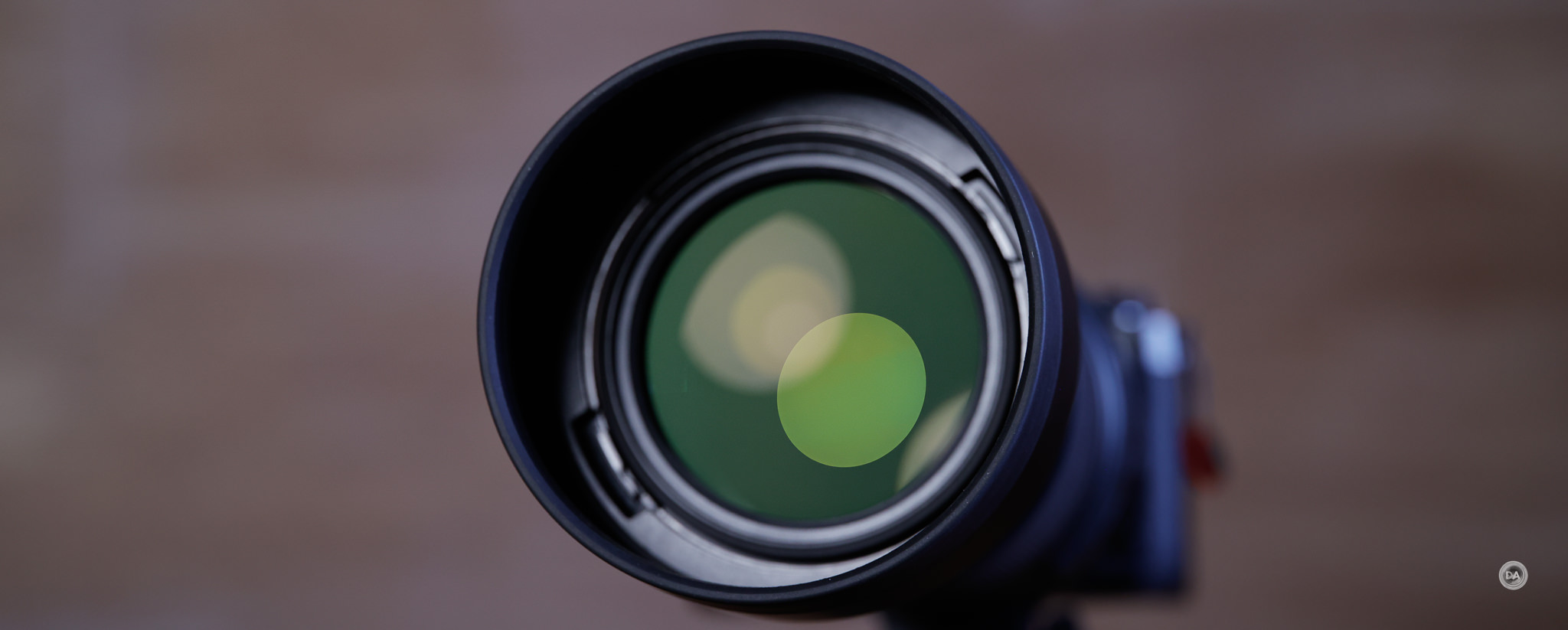


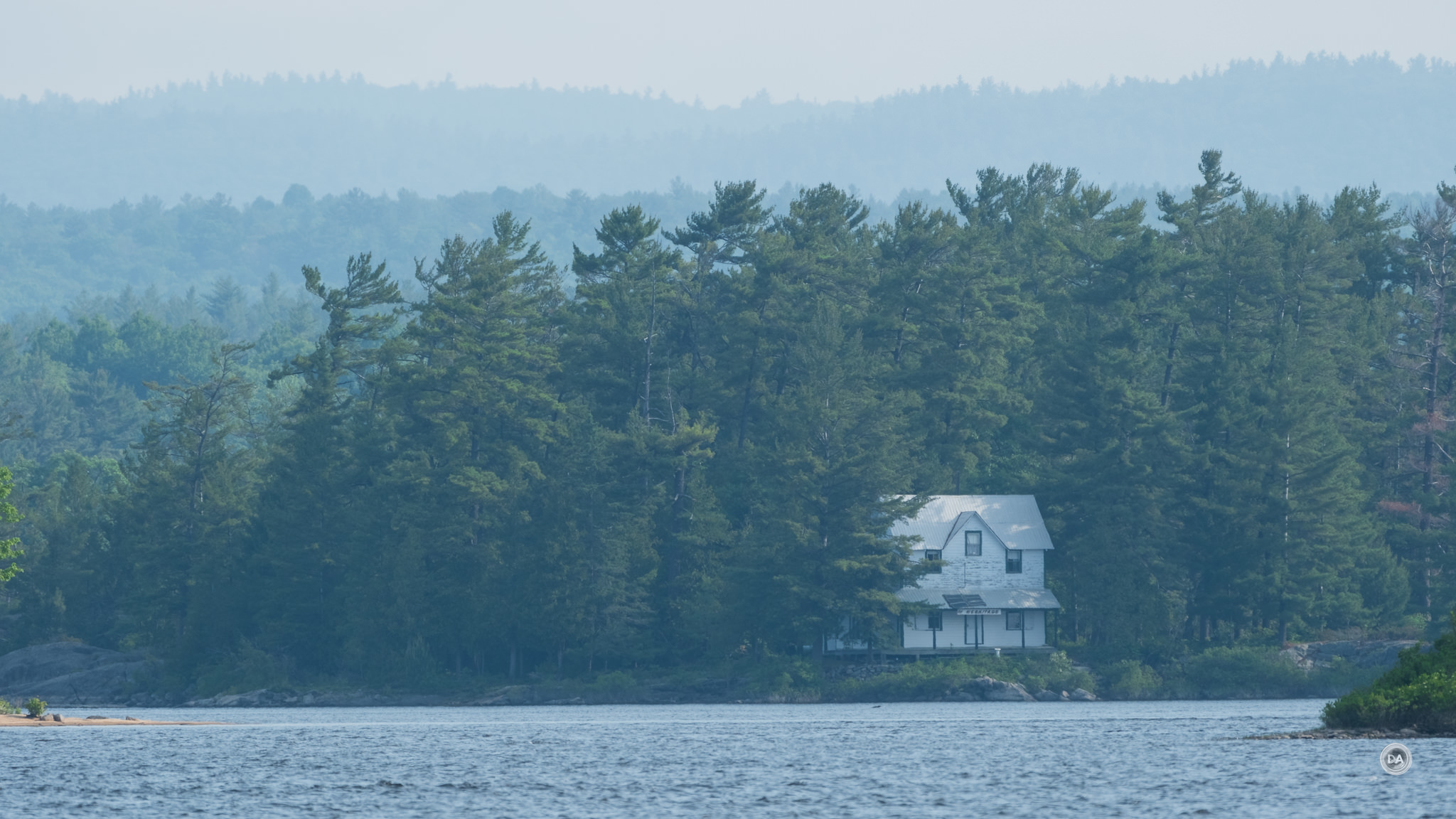
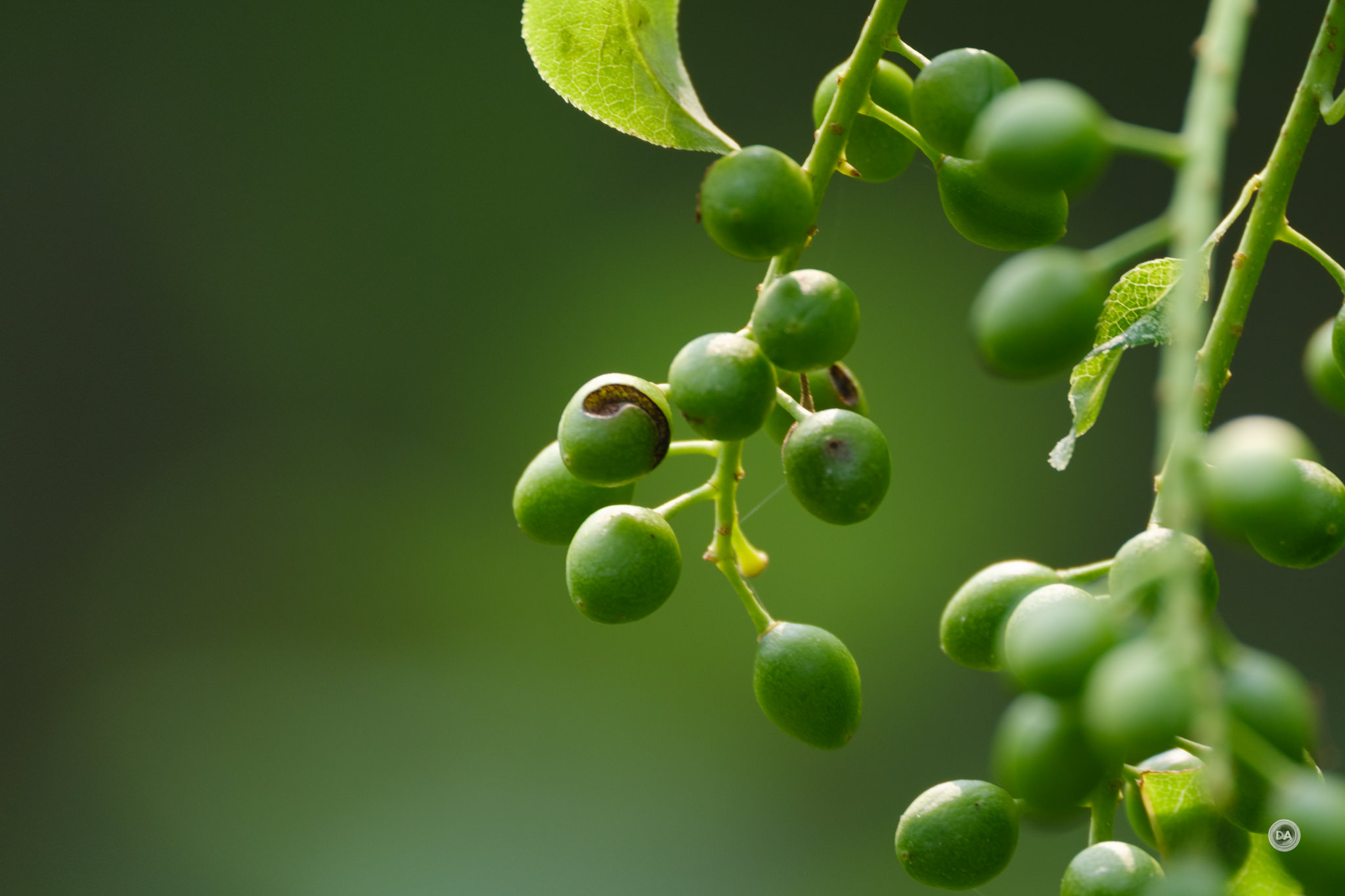


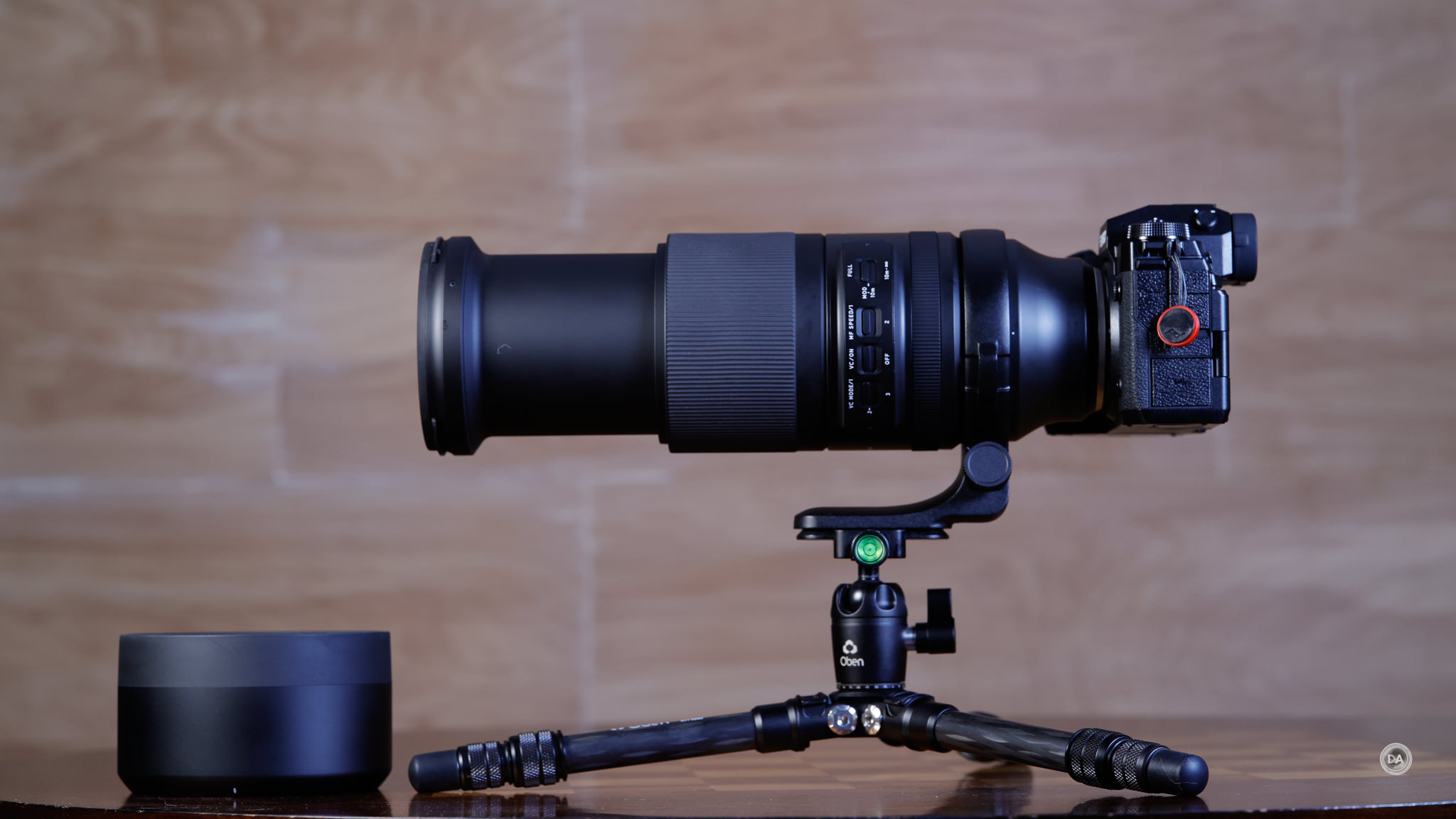
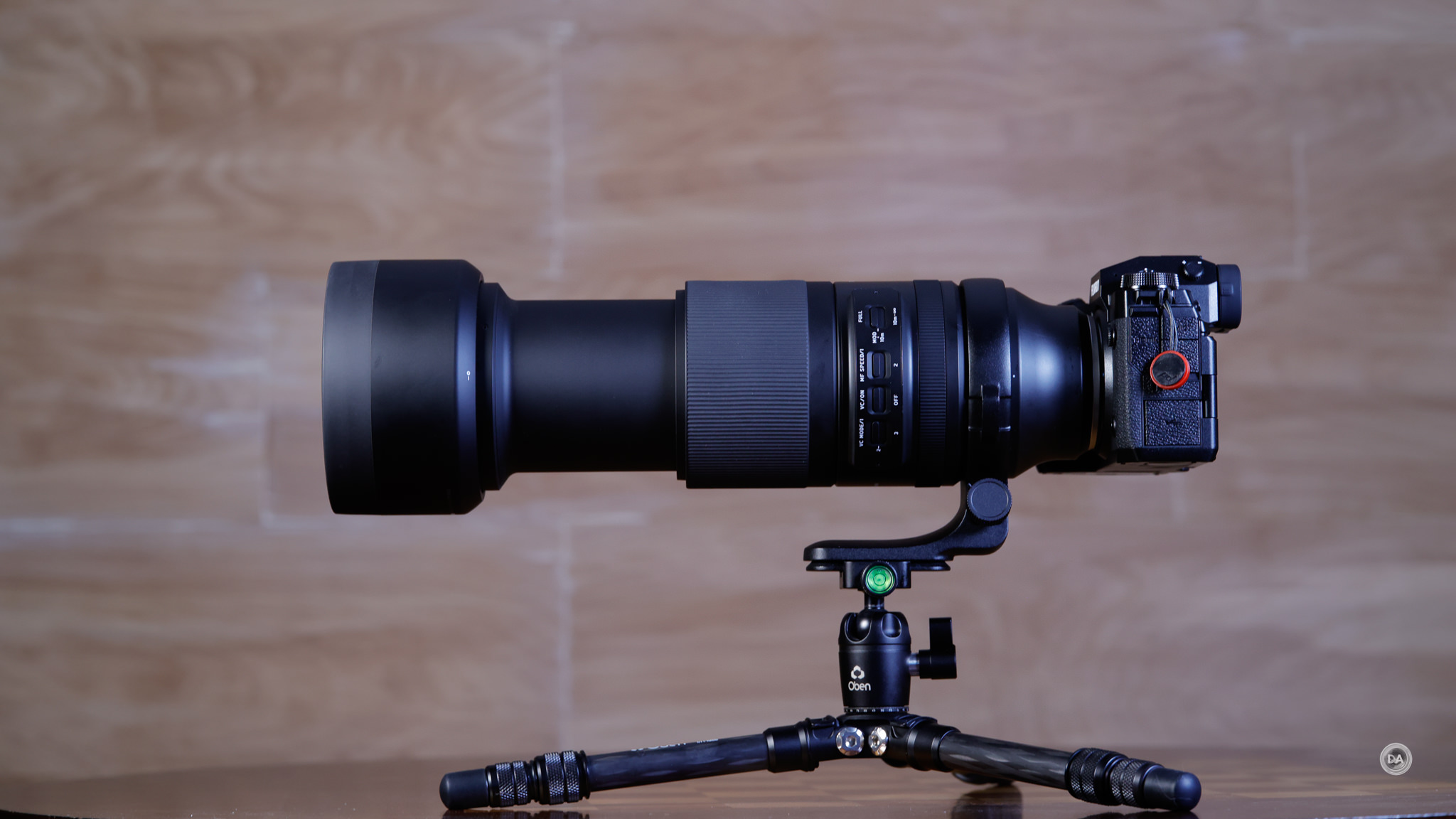
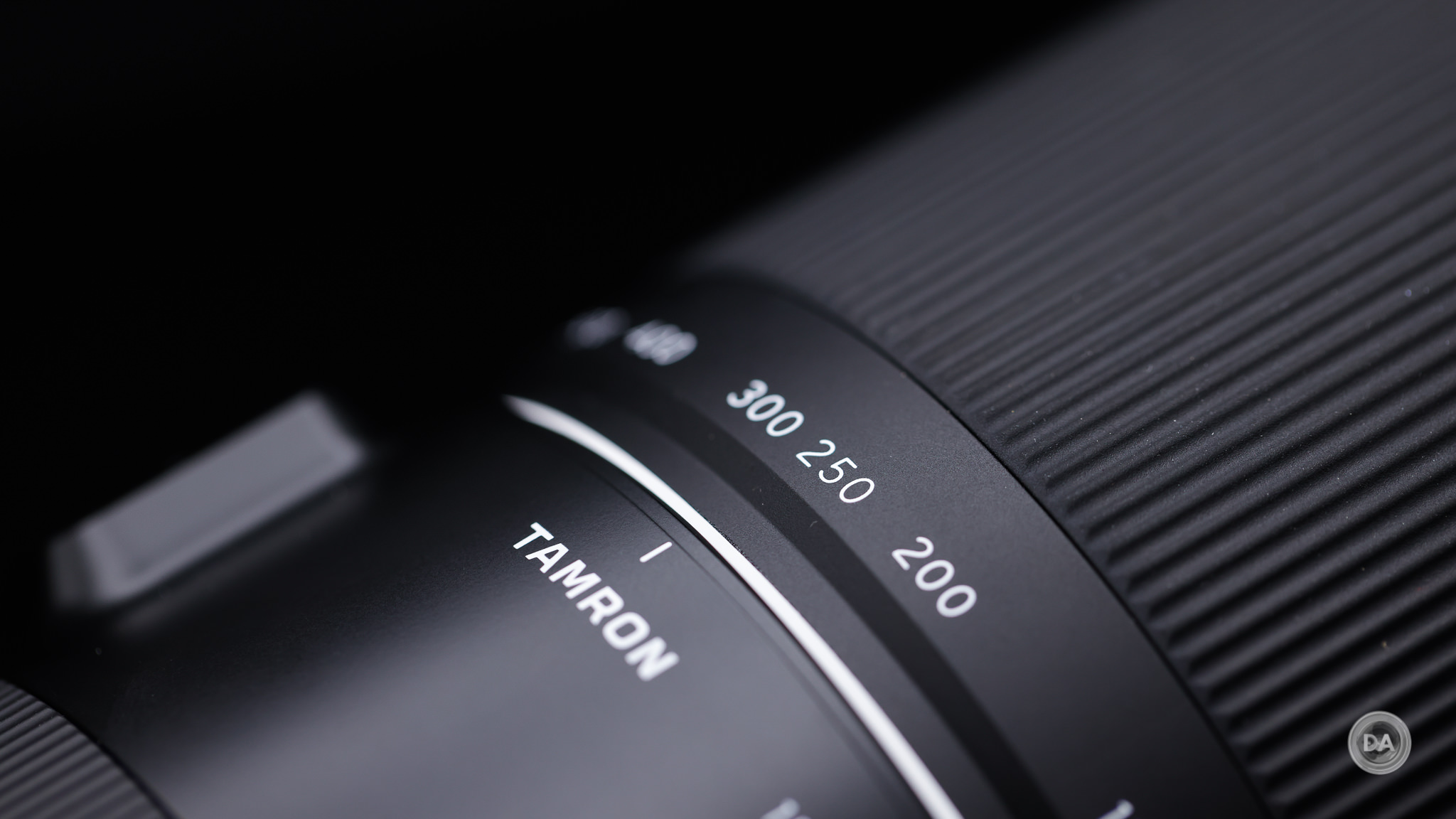
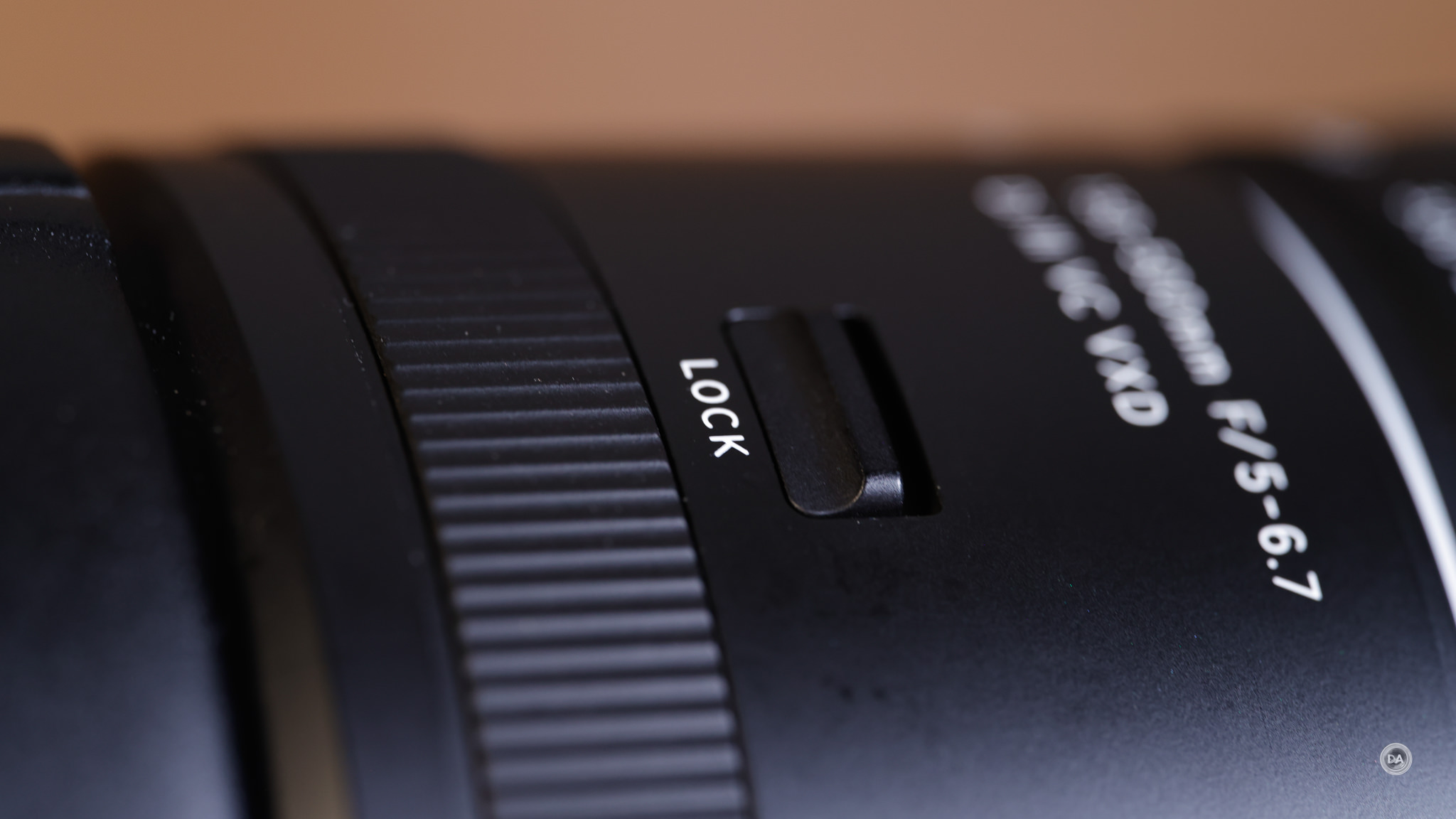
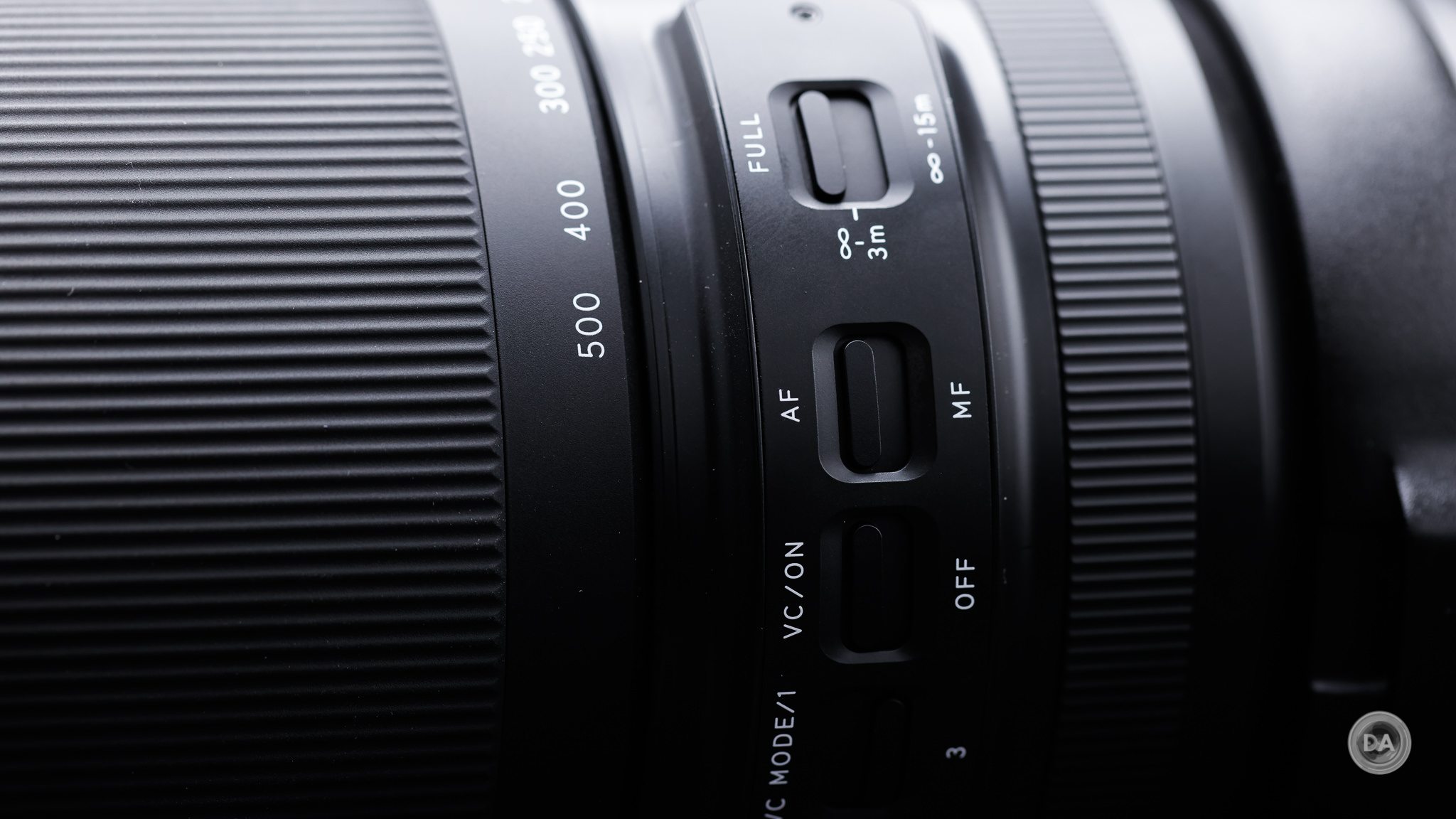


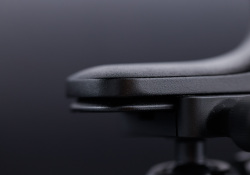

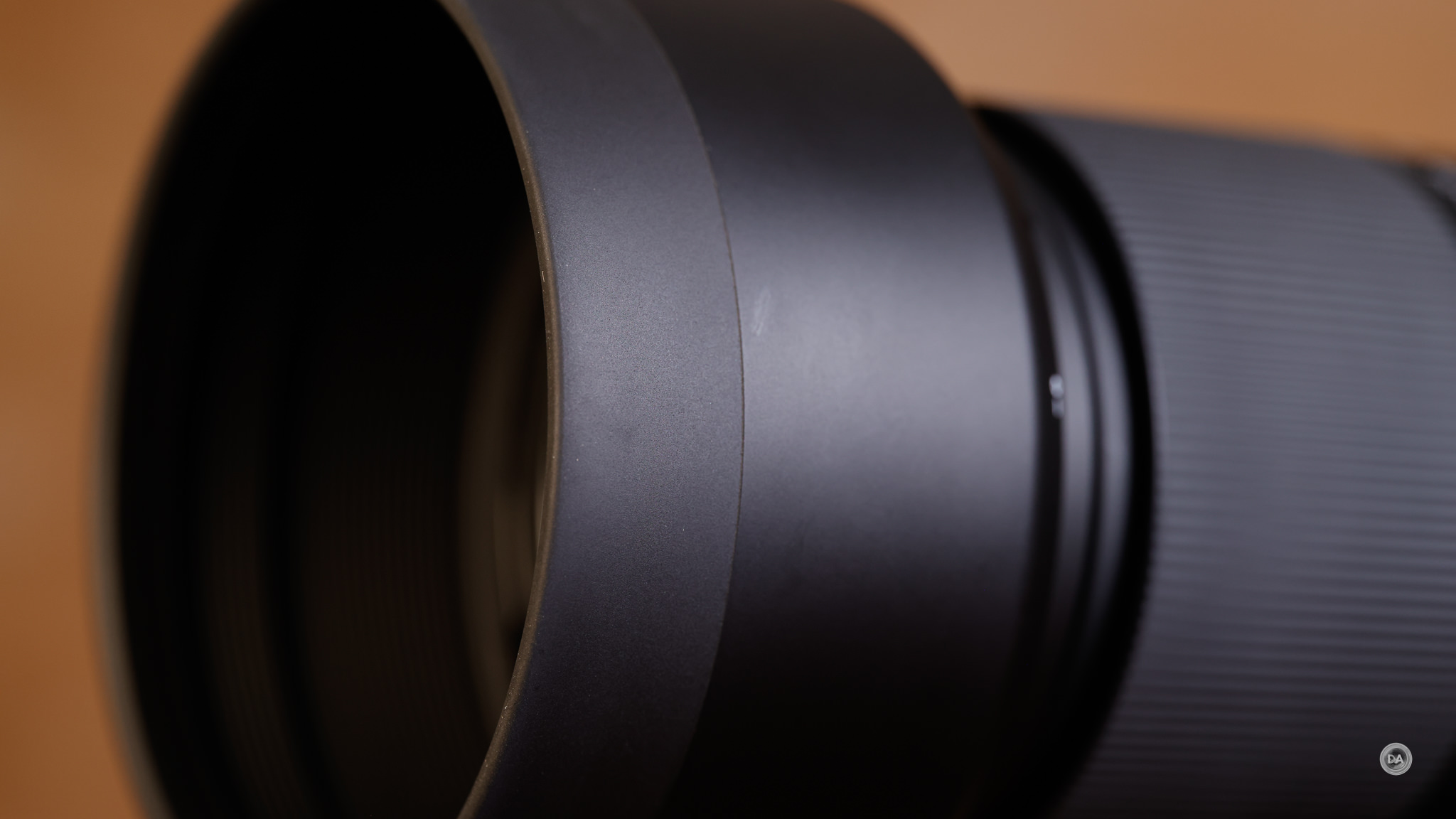


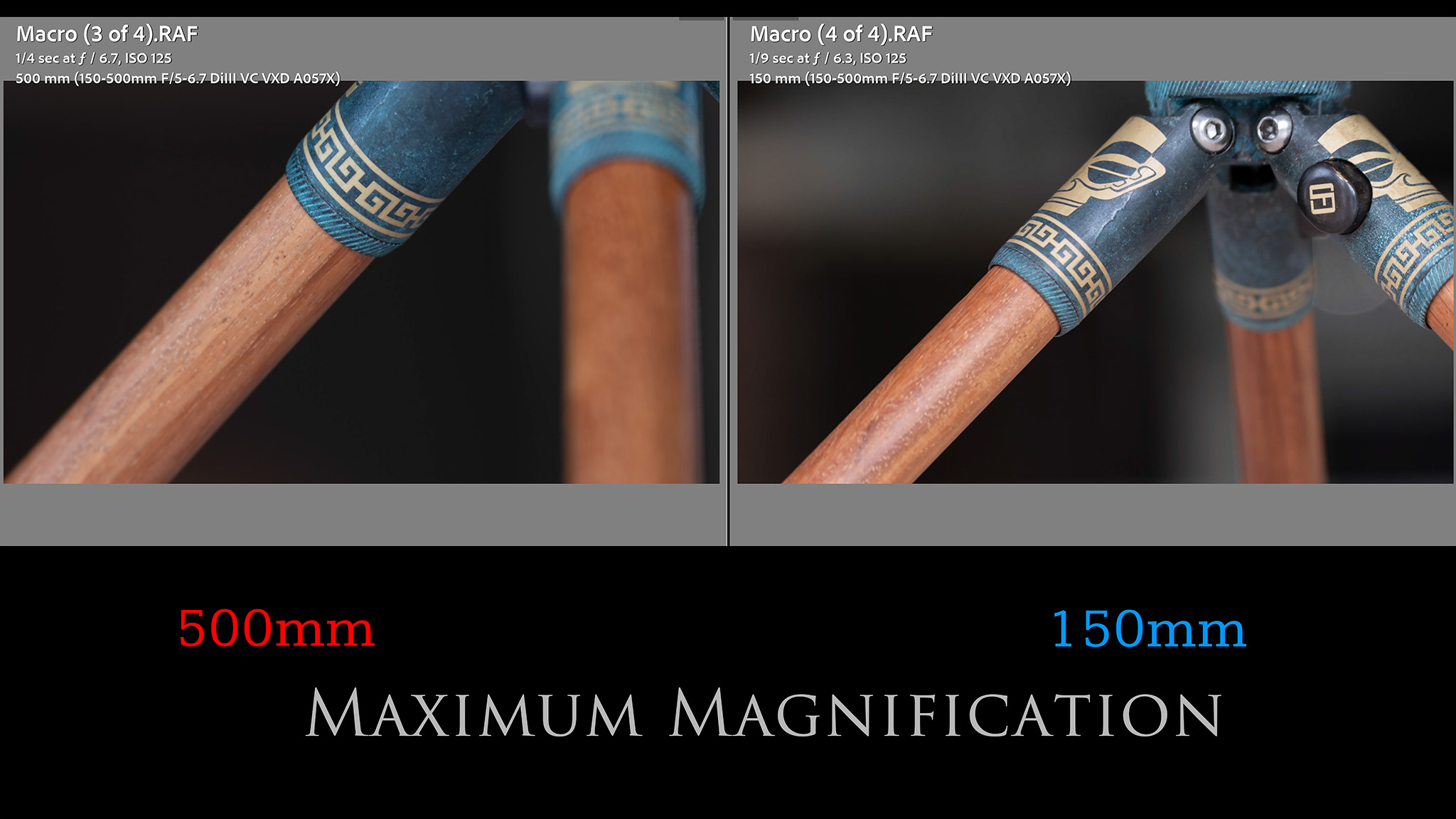

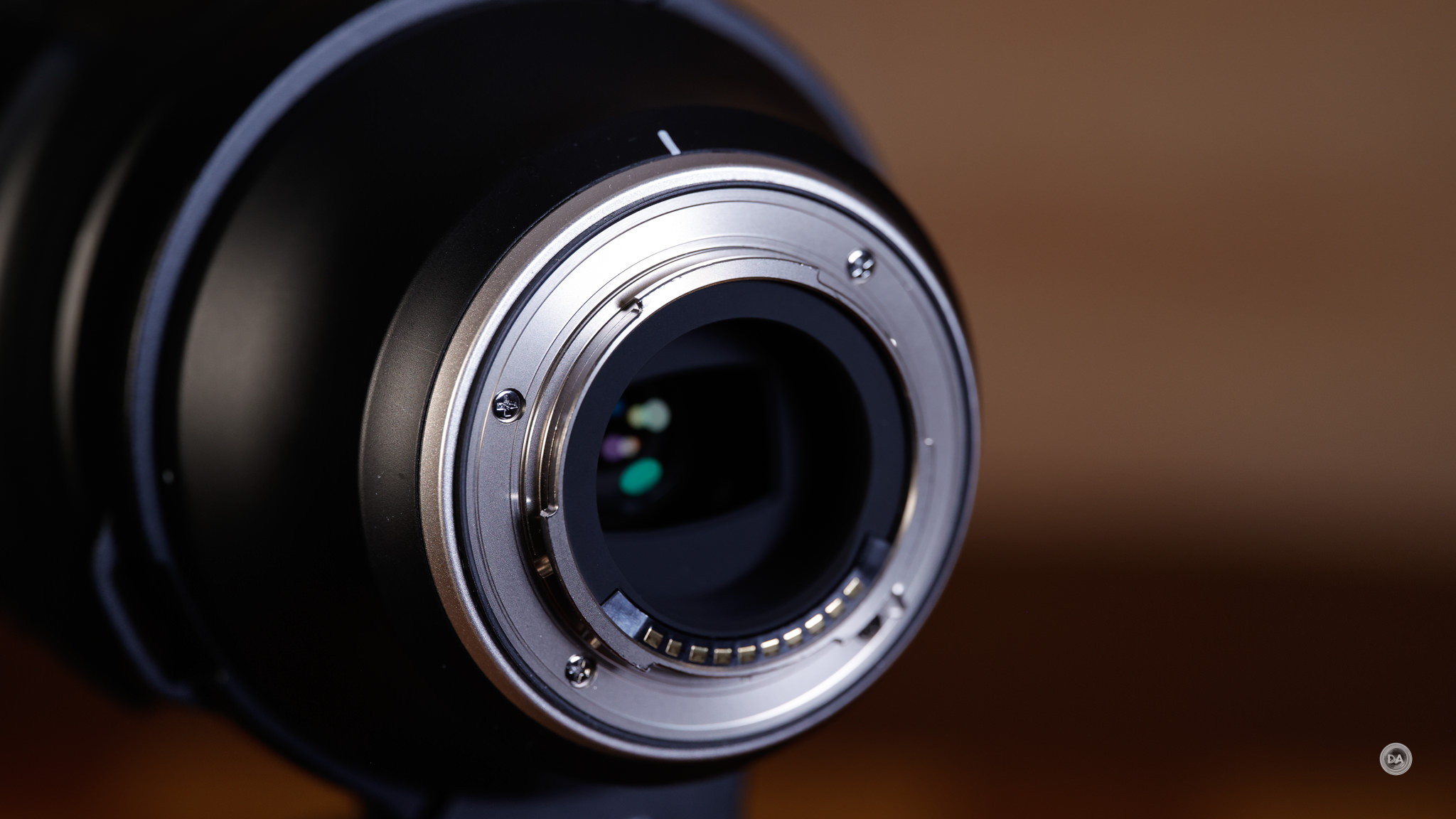
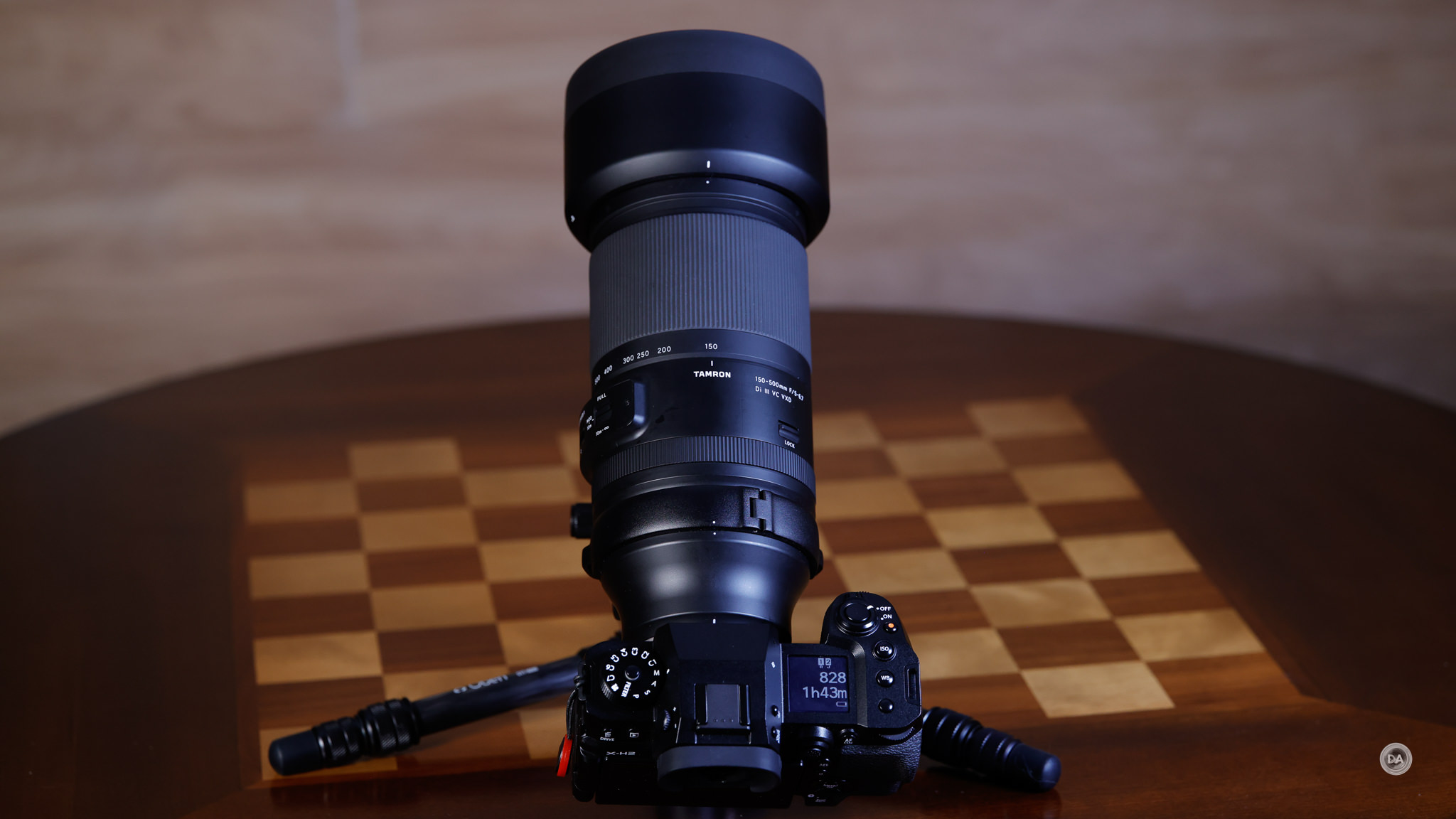


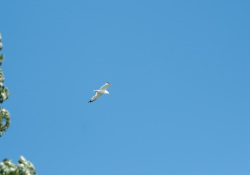


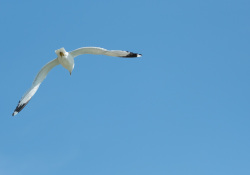











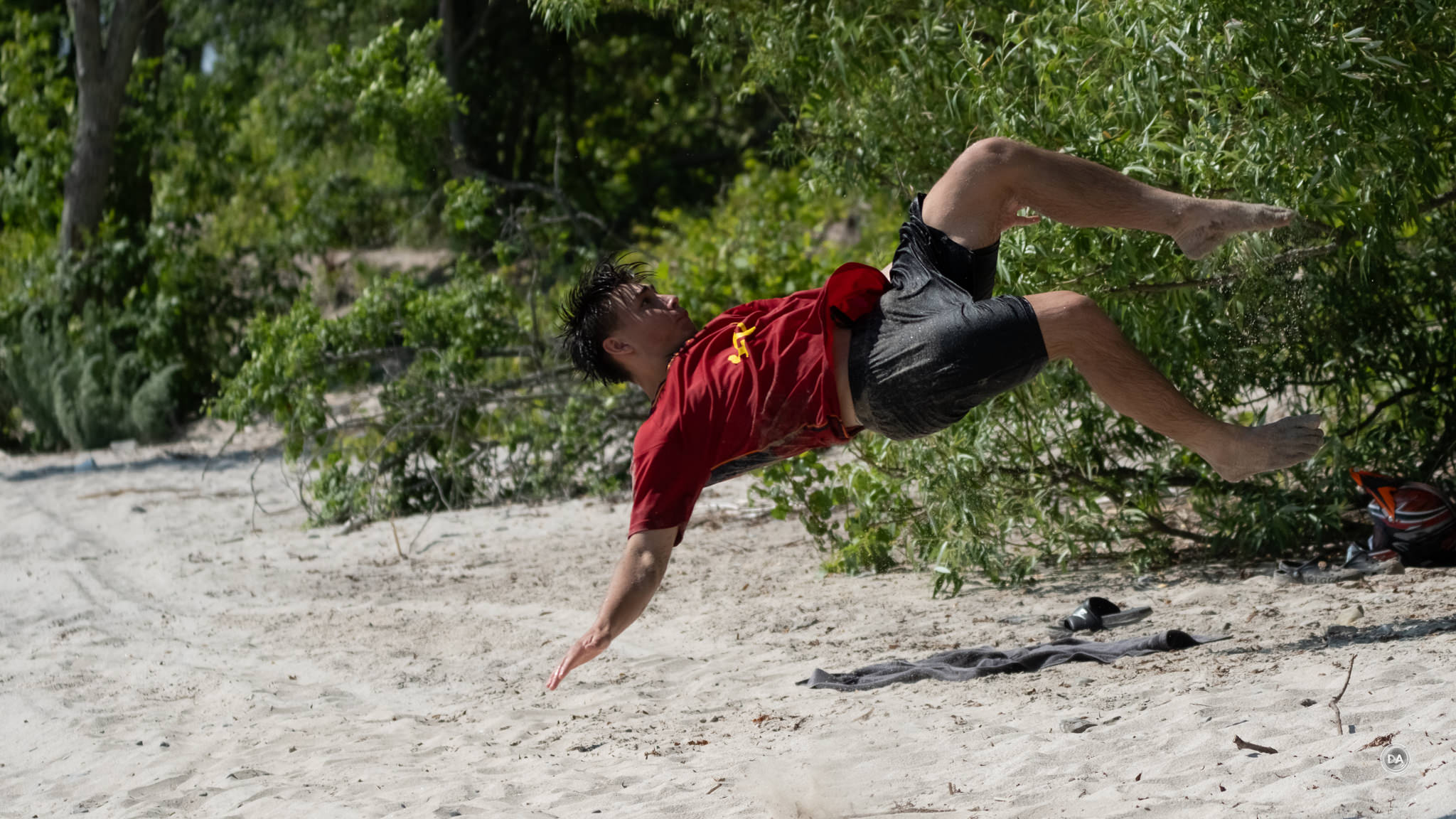

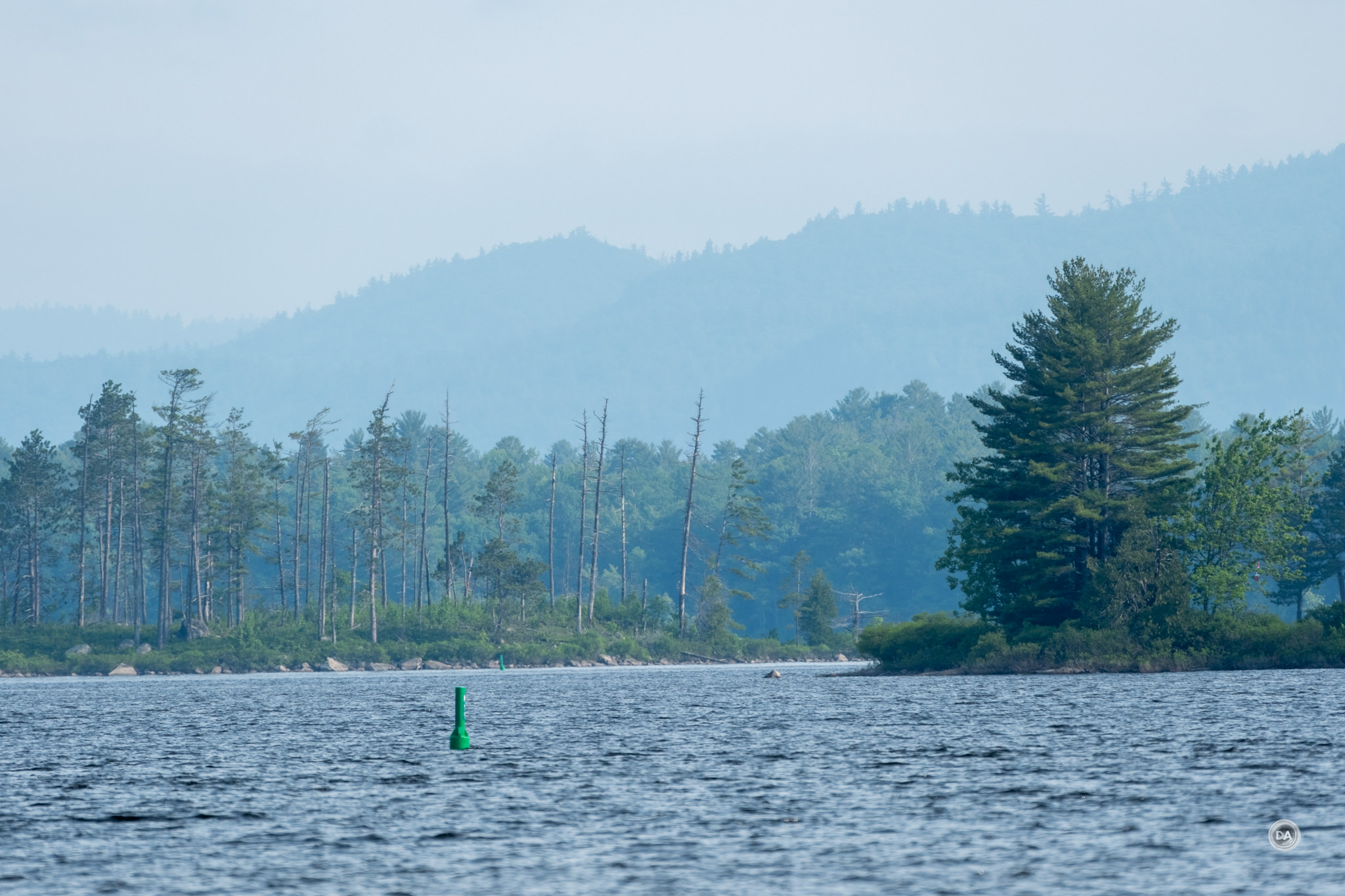
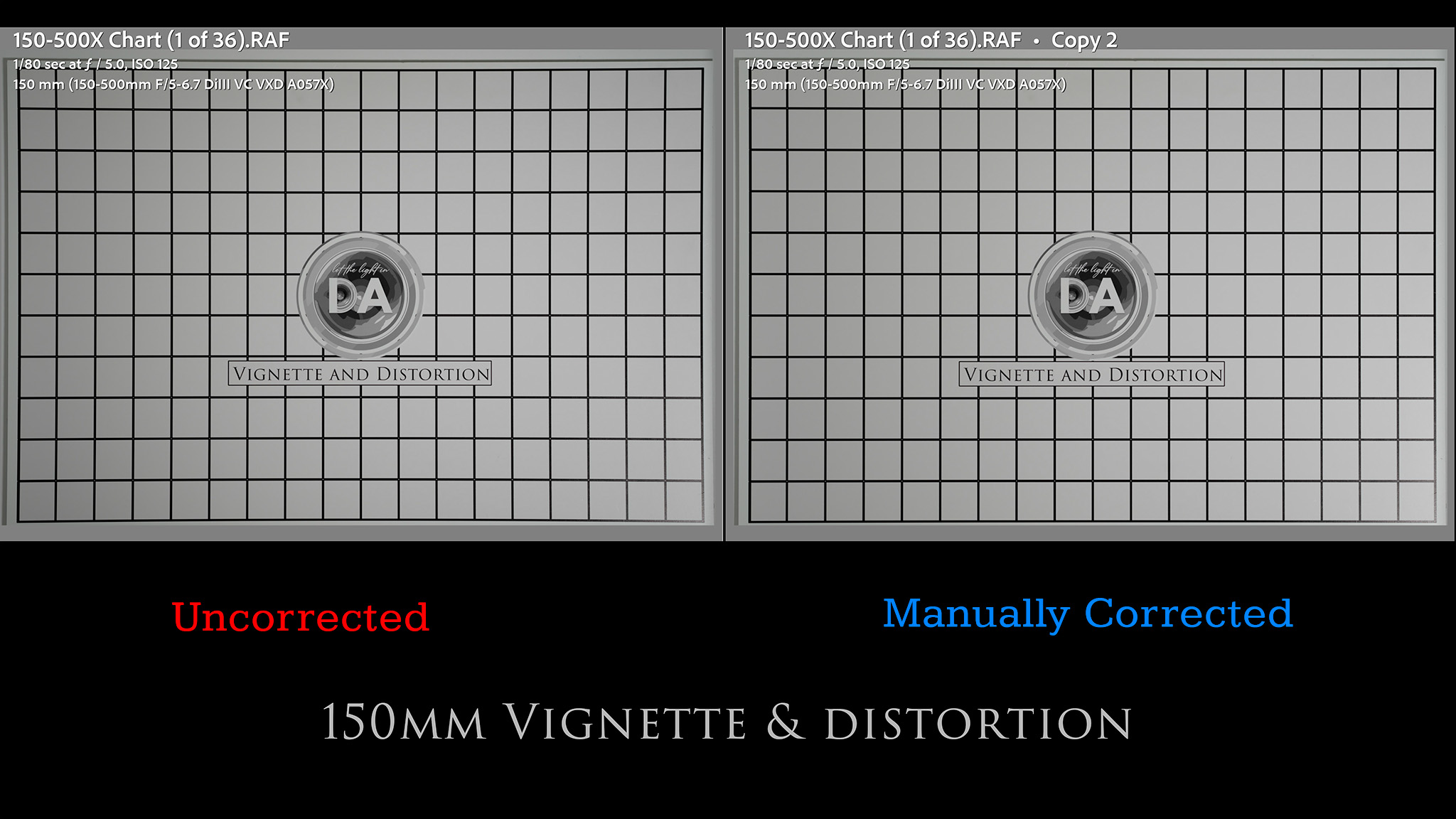
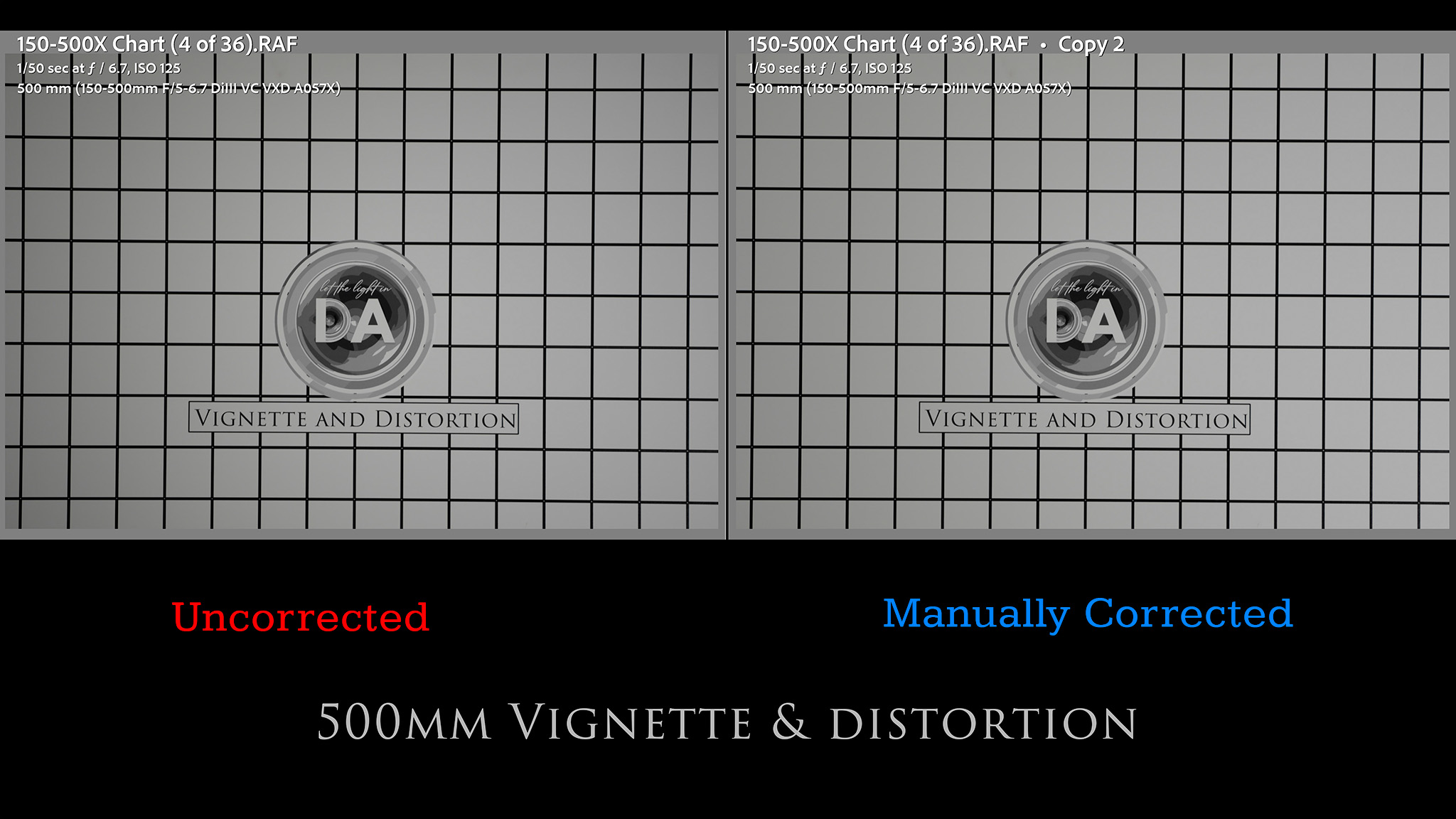

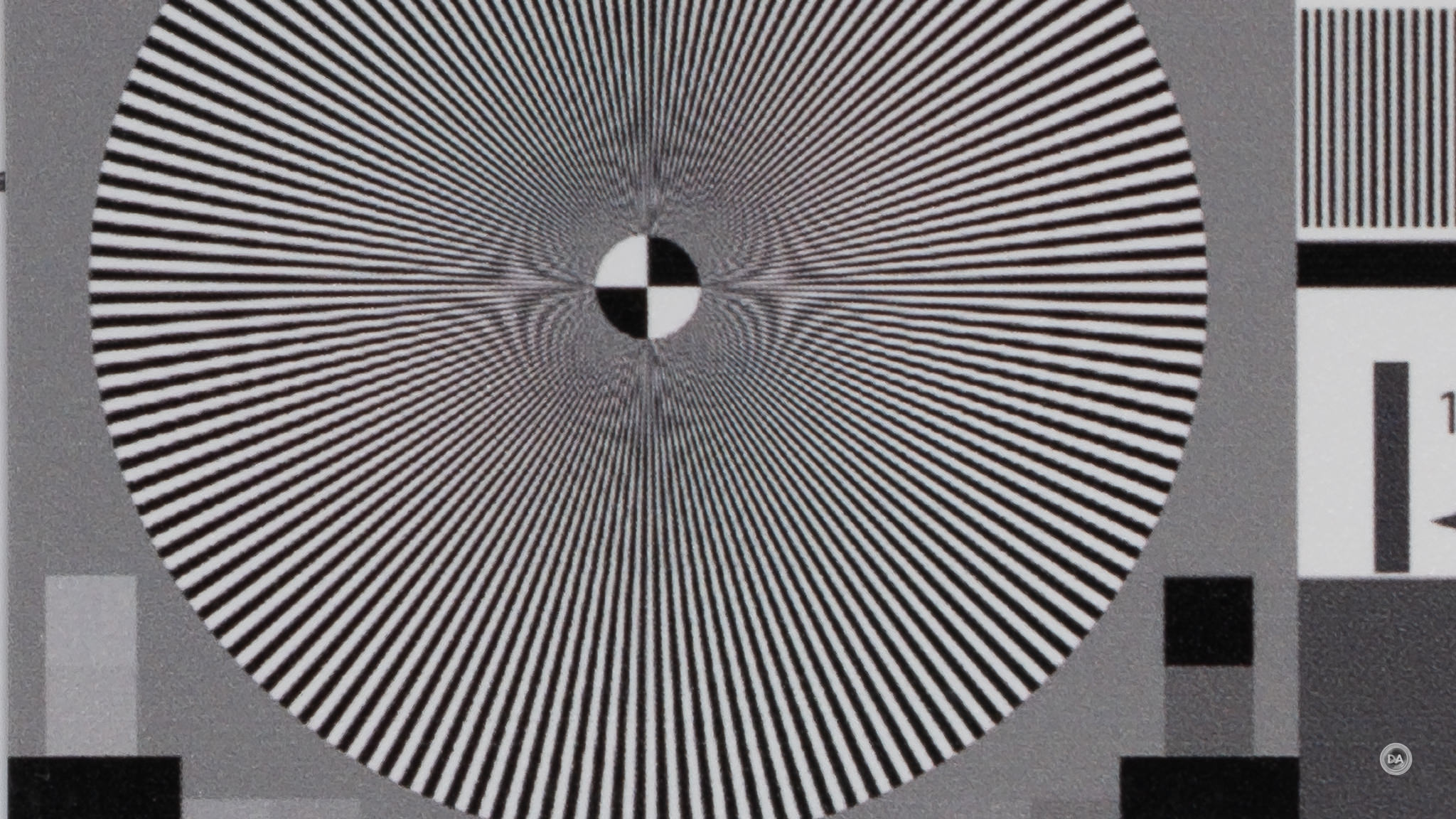




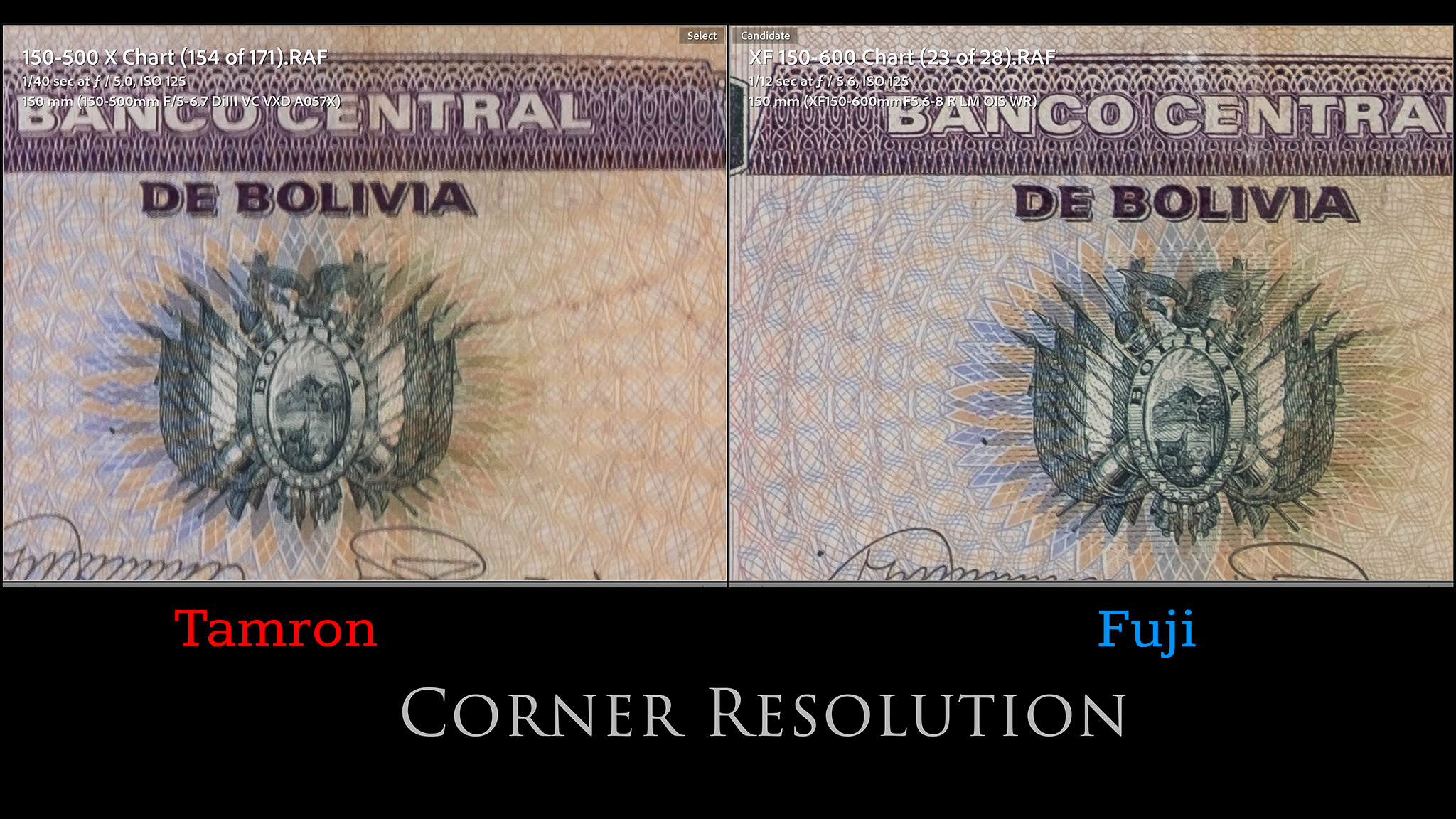



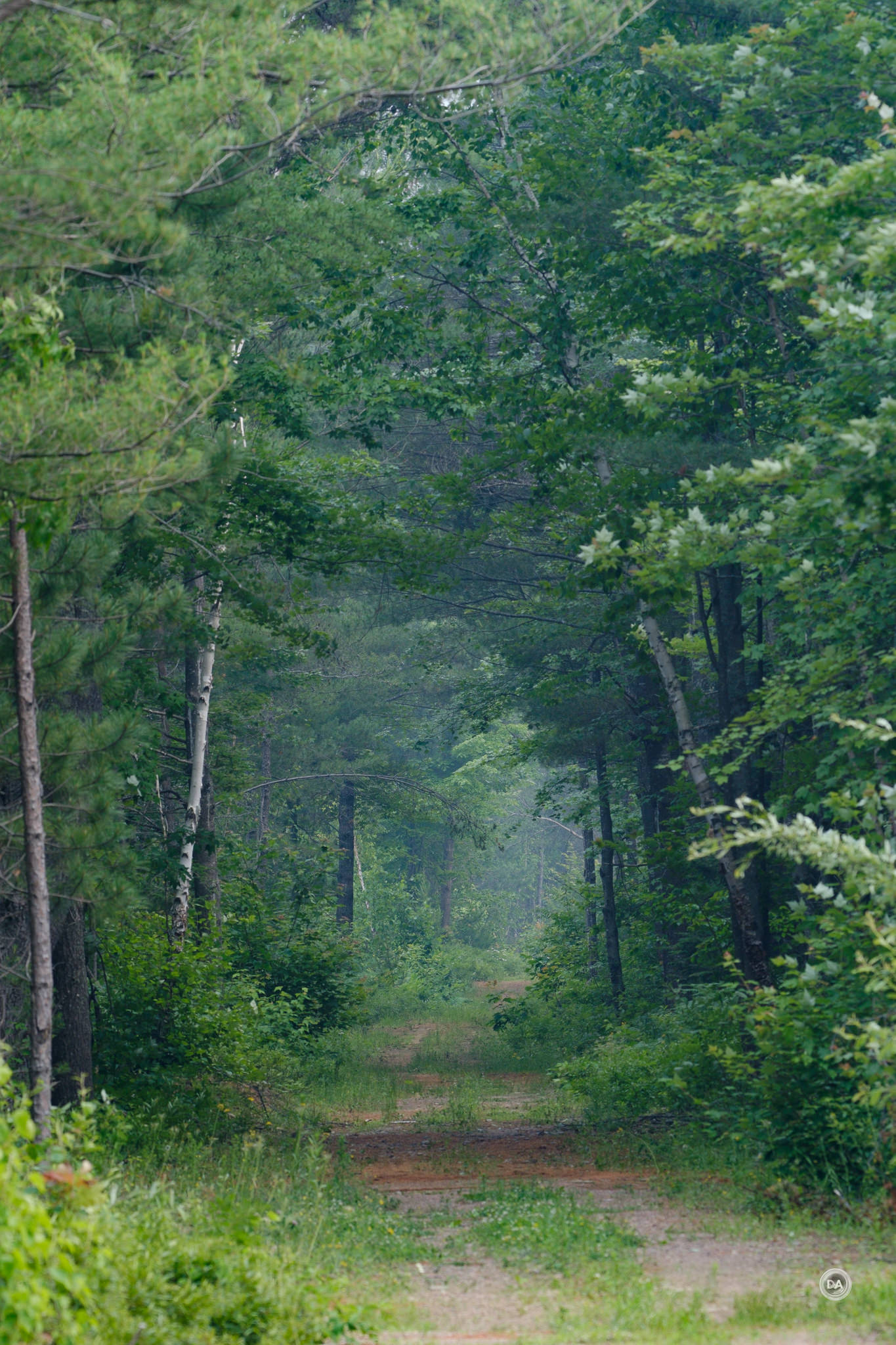





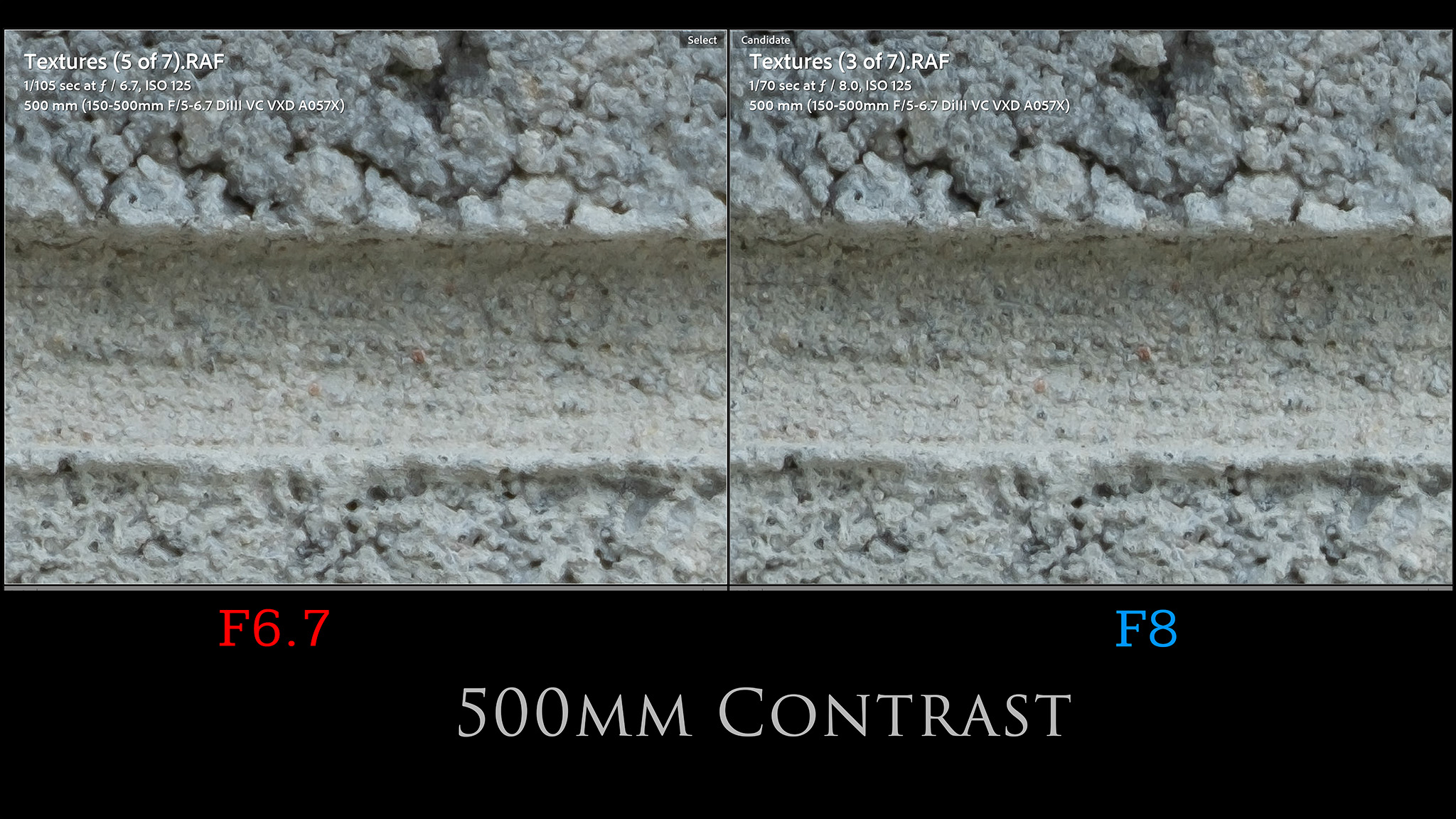






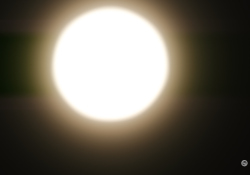




 Viltrox Pro AF 85mm F1.4 FE Gallery
Viltrox Pro AF 85mm F1.4 FE Gallery  Viltrox AF 85mm F1.4 PRO FE Review
Viltrox AF 85mm F1.4 PRO FE Review  Yongnuo YN 35mm F1.8 ART Gallery
Yongnuo YN 35mm F1.8 ART Gallery  Yongnuo YN 35mm F1.8 DA ART Review
Yongnuo YN 35mm F1.8 DA ART Review 


